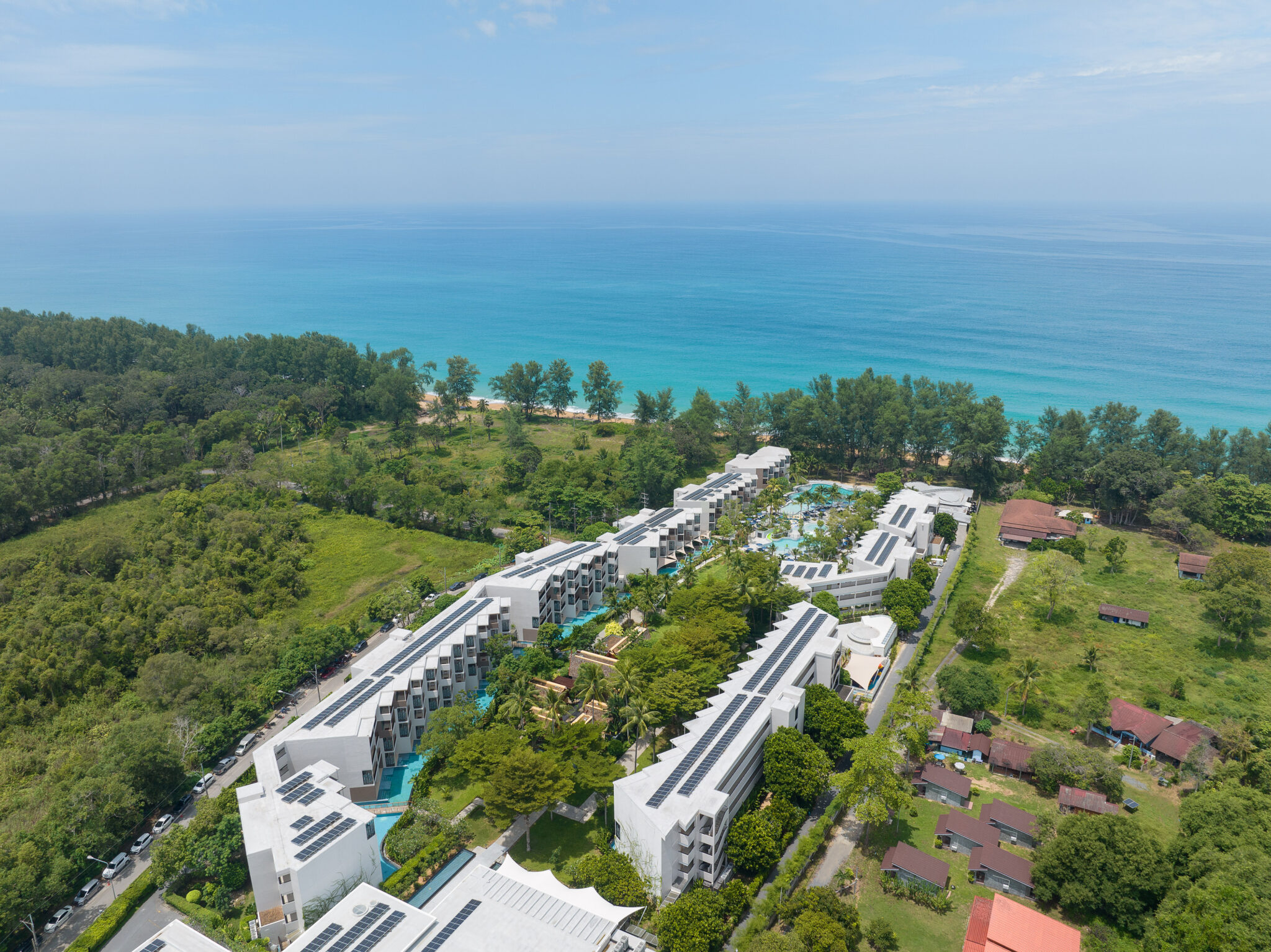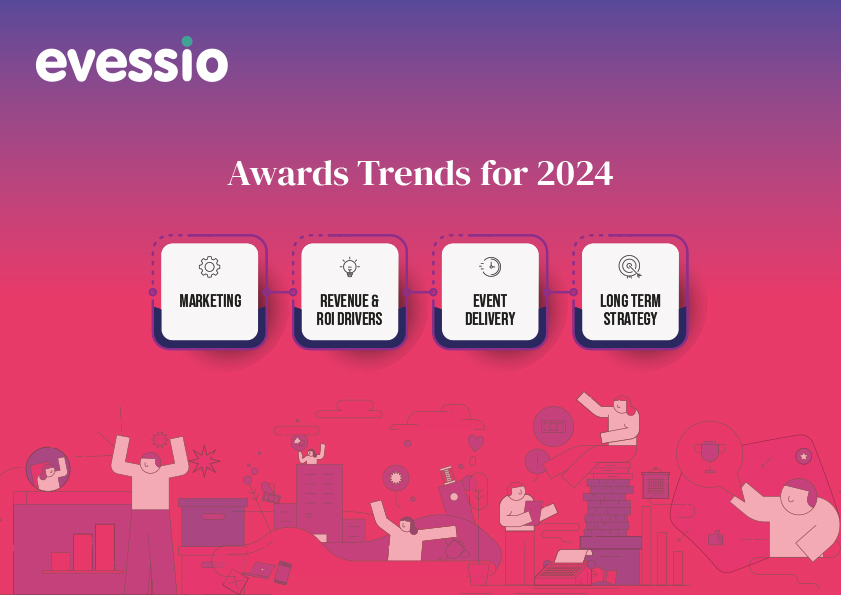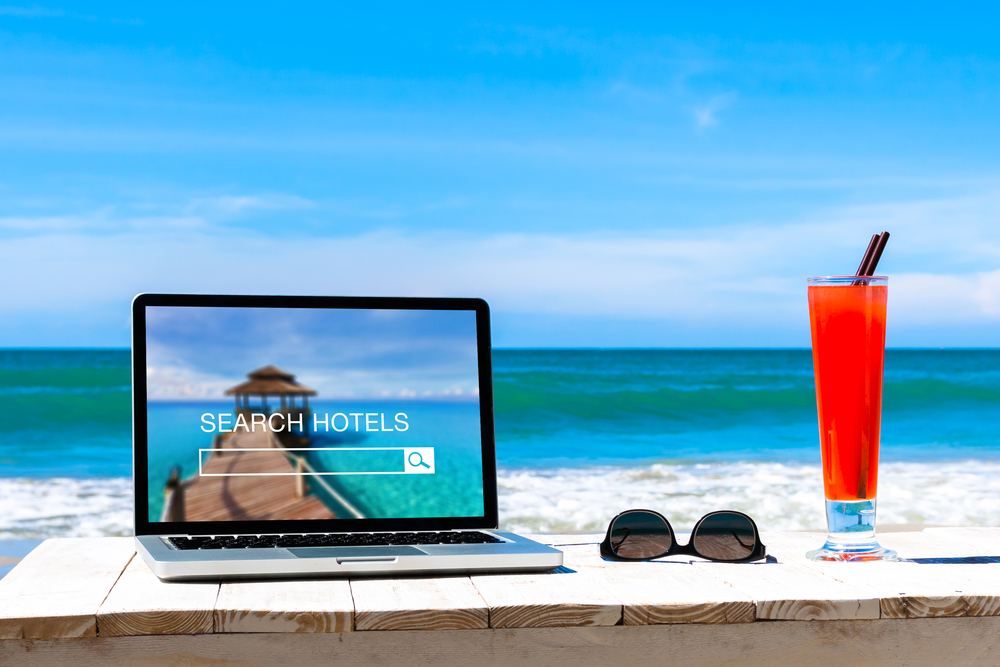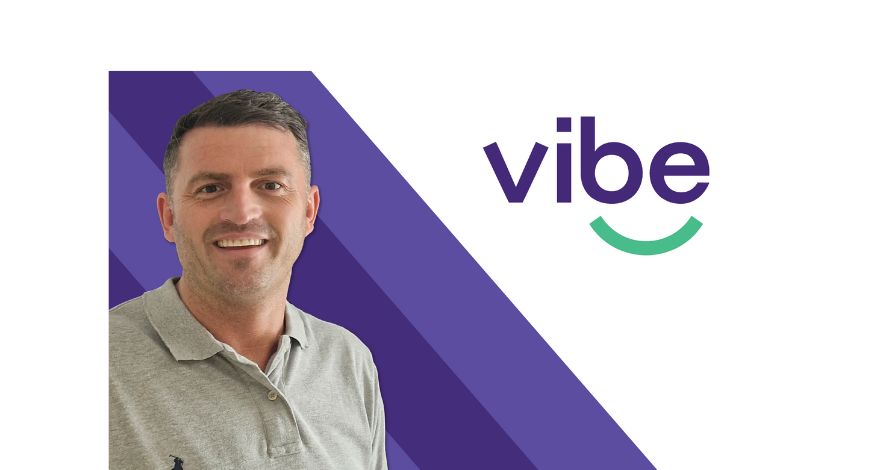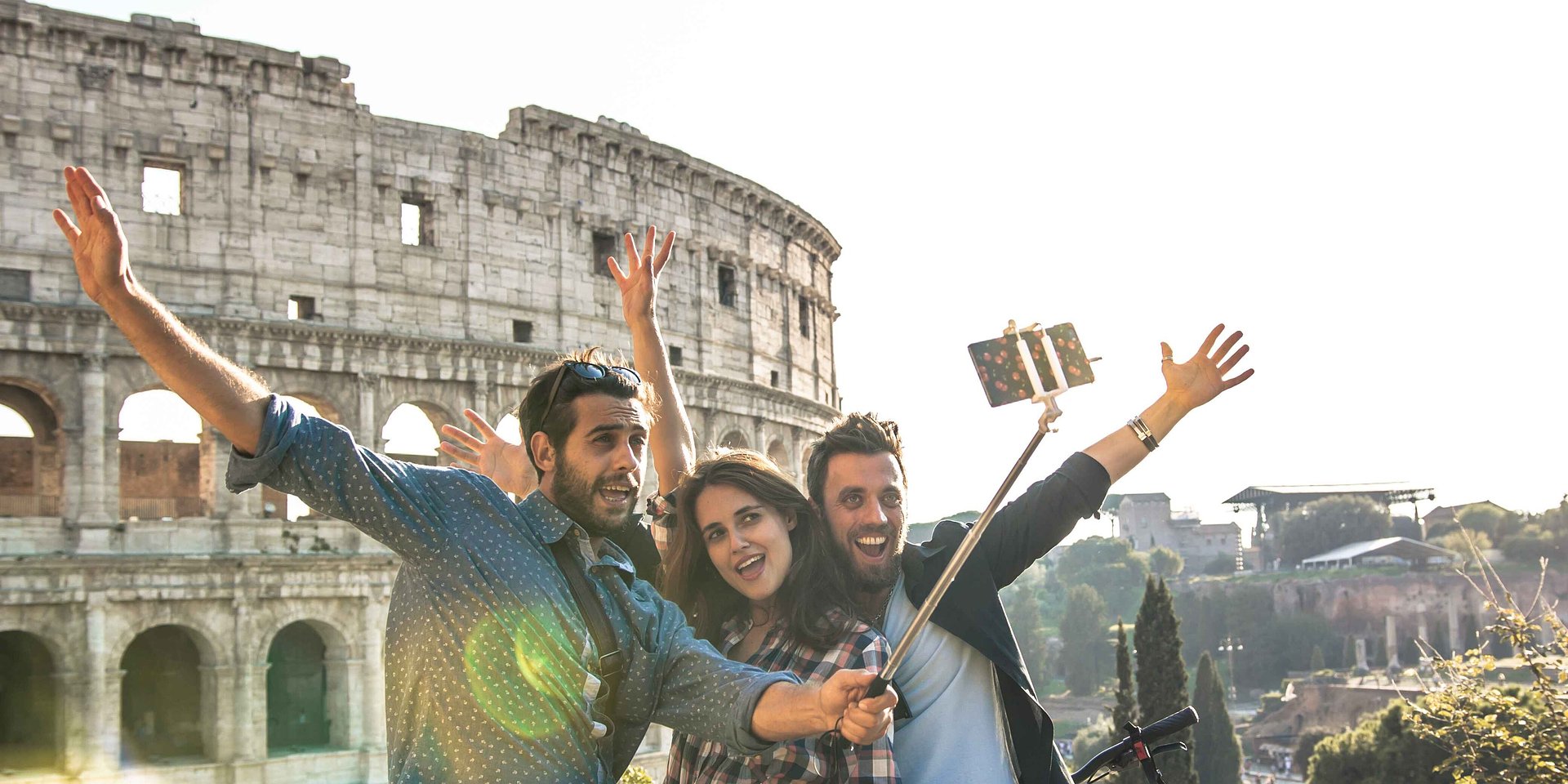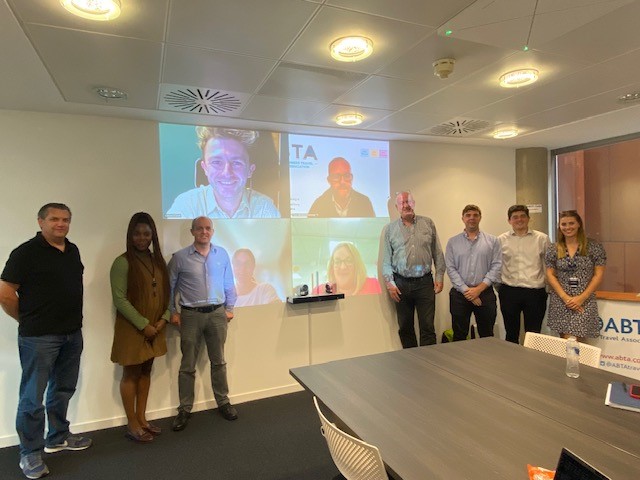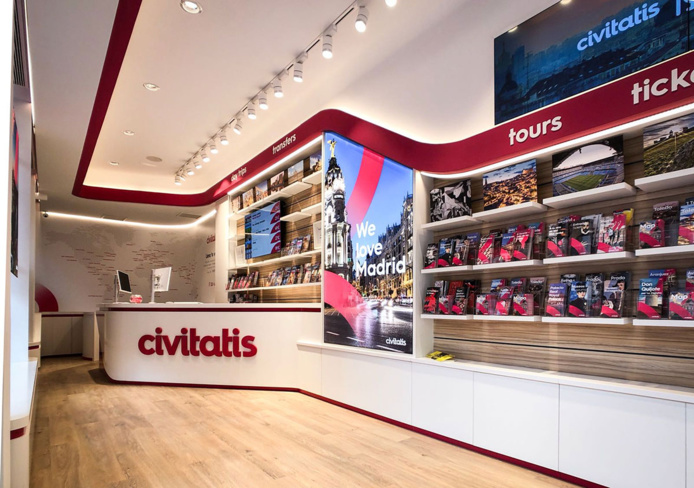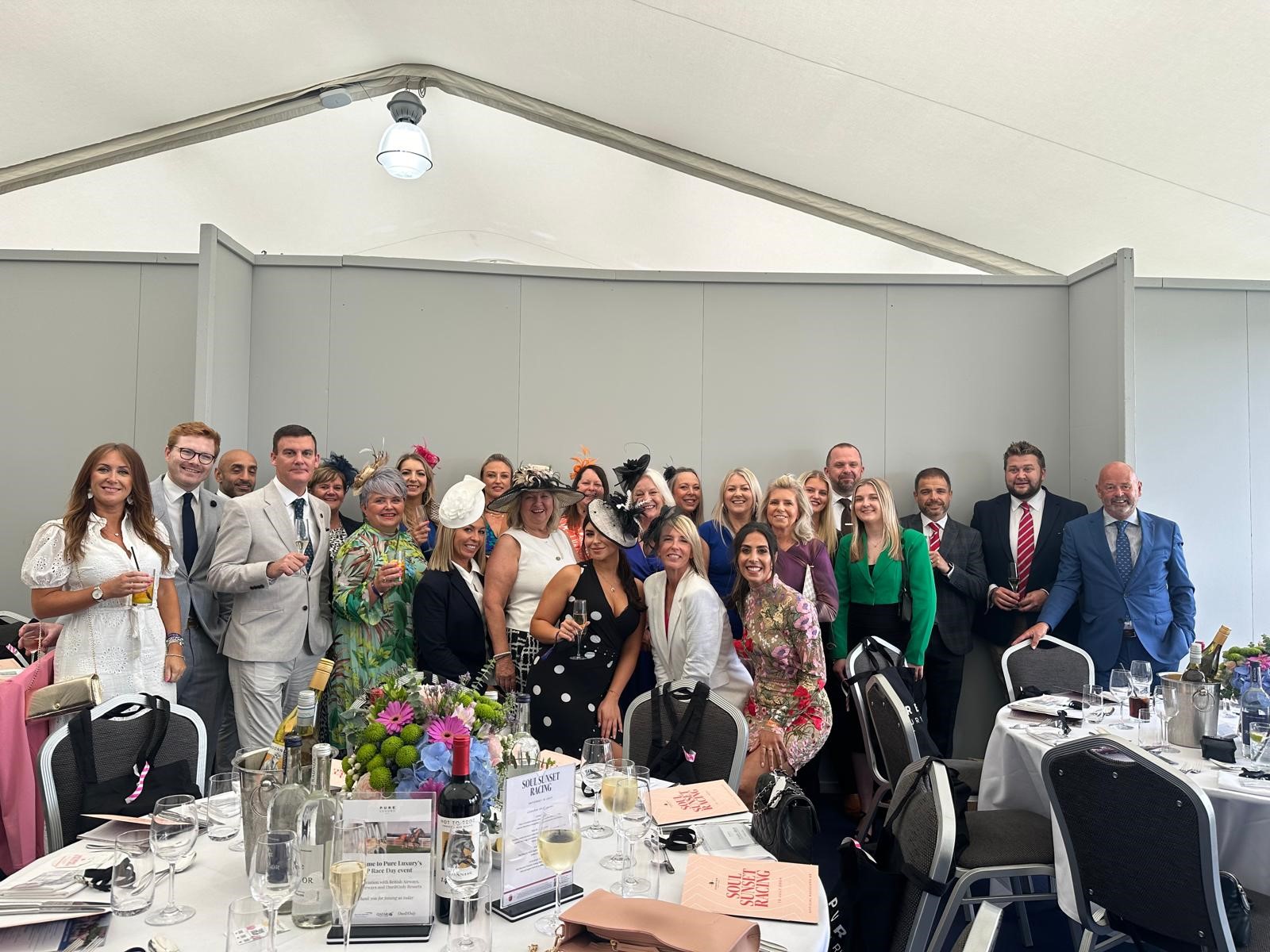Travelzoo’s Senior Editor Gabe Saglie is a leading expert on travel deals, tips and trends. He has appeared on dozens of highly-rated networks, including NBC, CNN and Fox News, as well as affiliate stations in top TV markets around the country, including New York City, Los Angeles, Chicago, Dallas and San Francisco. Gabe is also regularly quoted in major publications, like the New York Times, Boston Globe and US News and World Report, and writes a regular destinations column for ABC News Travel. He’s a longtime wine and food writer, too.
Gabe is a Chilean native born in Norway to globetrotting parents. He has traveled extensively and is fluent in Spanish, French and English. Gabe’s travel experiences allow him to be one of the industry’s foremost consumer travel advocates.
Q: What is a “Microadventure” and who is opting for these.
A: A microadventure is a burst of a vacation or experience. The kinds of things that previous generations thought you needed 7, 10, or 15 days to experience, are being condensed into much shorter more-efficient trips. Those of us who are busier are looking for the same experience in just maybe a nugget — two, three, four nights instead.
According to the Travelzoo® Summer 2017 Travel Trends Survey, nearly three quarters of Americans are planning to take a long weekend trip this summer, and half of travelers said they were likely to take more long weekend trips than they did last year.
This trend is popular amongst a wide group of people. For example, nearly half of those who travel for business, noted that they have taken a “bleisure” trip — combining business with pleasure by adding extra time at a destination at the beginning or end of a business trip. Millennials, who prioritize immediacy, are drawn to adventure and are looking for quick and unique ways to load up their social media accounts, are driving this trend, too.
Q: Why are people choosing these?
A: The average American only has just two weeks of vacation time annually so planning microadventures allows people to do more with less time. Additionally, microadventures are a cost-effective way to see bucket-list destinations; trips that are traditionally thought of as thousands of dollars can be done for $700-$900.
Q: What is an example of a microadventure.
A: Great examples of microadventures include all-inclusive dude ranch experiences, quick lake houseboat getaways, glamping trips, adrenaline-pumping 1 or 2-day adventures (like whitewater rafting a river a few hours away from home or sky diving at a nearby location). Additionally we are seeing an increasing number of short-haul/3-night trips to Europe. A few microadventure you can find on Travelzoo include Dude Ranch and Houseboat.
Q: What other travel trends do you predict for 2017?
A: Due to currency fluctuations, flight routes, hotel inventory and other travel data, we predict the following destinations to be popular in the upcoming months:
Florida’s Gulf Coast: Seven new hotels opened in 2016 in the Clearwater area, including the luxury Opal Sands Resort. A new Wyndham Grand Resort on Clearwater Beach is among several upscale brands opening their doors in 2017. Budget airline Allegiant flies into St. Pete-Clearwater International Airport from 20 U.S. cities, and nearby Tampa airport is serviced by most major U.S. carriers, resulting in heavy competition and frequent airfare sales to the region.
New Zealand: The number of airline seats to New Zealand has doubled this year, with American Airlines, United Airlines and Air New Zealand introducing direct flights from the U.S. The increased competition means packages that used to cost $2,000 per person can now be found for as little as $1,299. Travelzoo deal experts also recommend the Air New Zealand Explorer Pass, which allows for stops in several cities, making it a more cost-effective way to see the country from North Island to South Island.
Paris: The French department of tourism reports a 1.8 million* drop in the number of visitors to Paris for the first 10 months of 2016 compared to 2015. If this trend continues, it will put pressure on Parisian hotel rates. At the same time, a favorable exchange rate and sharp increase in low-cost flight options mean Americans can experience the French capital for the lowest price in recent years. A new high-speed rail link opening between Paris and Bordeaux in summer 2017 will make day trips to the famous wine region more affordable and convenient than ever.
Peru: There are now seven airlines flying nonstop from the United States to Lima, creating more intense competition than ever. The dollar is at a 10-year high against the Peruvian sol. Recently the Peruvian government started limiting the number of visitors to Macchu Pichu, so those interested in visiting should do so soon. Travelzoo has seen a recent trend of East Coast travelers visiting Machu Picchu in a weekend, as Peru is in the Eastern Time Zone and a relatively easy overnight flight away.
United Kingdom: The British pound hit a 31-year low after the U.K. voted to leave the European Union in June 2016. A weak pound coupled with a drop in airfares will likely make 2017 the most affordable time to visit the U.K. in recent memory. According to Travelzoo deal experts, a luxury 5-star hotel in Central London now costs 24 percent less than it did two years ago. They are also seeing increasingly aggressive deals available to U.S. travelers, including a recent 4-star London vacation with direct flights from $599.
Washington, D.C.:A slew of new hotels make 2017 the time to visit a city that’s already popular with deal-seekers. Washington, D.C., has a huge number of free attractions, including some of the best free museums in the world, like the newly opened National Museum of African-American History & Culture on the National Mall. Fourteen new hotels this year and 16 opening next year will increase supply and likely drive down room rates. Weekends are the time to find the best hotel deals, when business travelers leave town; August is the prime time for deals, as Congress is in recess.



 share
share






















